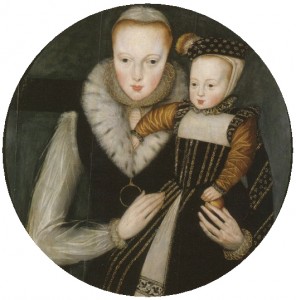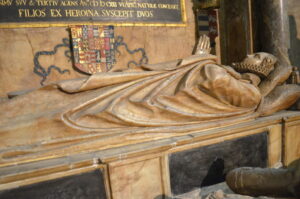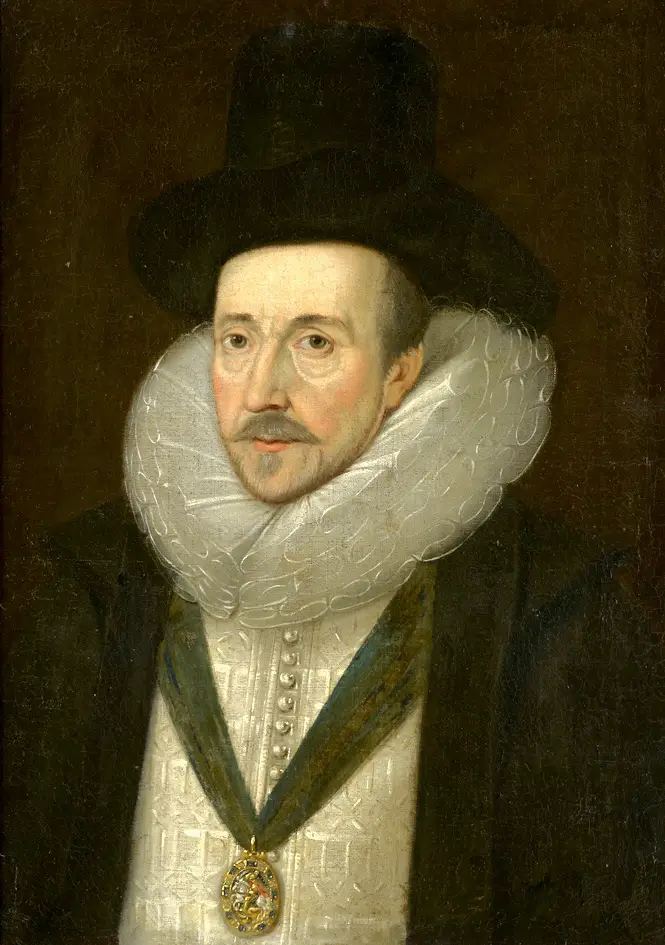Katherine Grey’s life may have been short—she was only around twenty-seven when she died—but it was filled with political intrigue, imprisonment, and heartbreak. She was a granddaughter of Mary Tudor, Queen of France, and Charles Brandon, Duke of Suffolk, making her a first cousin once removed to Queen Elizabeth I. More significantly, she was the younger sister of Lady Jane Grey, the so-called ‘Nine Days’ Queen.’ And like Jane, Katherine’s royal blood made her both a pawn and a threat in Tudor politics.
Let’s start in May 1553, when Katherine was part of a grand triple wedding. She married Lord Henry Herbert, while her sister Jane married Lord Guildford Dudley, and Guildford’s sister, Catherine, married Lord Henry Hastings. It was meant to secure powerful alliances, but for Katherine, the marriage was short-lived. When Queen Mary I took the throne just two months later, her marriage was annulled, and she found herself in a precarious position.
Katherine’s sister Jane had been queen for just thirteen days before she was imprisoned and ultimately executed in 1554, along with their father, the Duke of Suffolk, and Jane’s husband, Guildford. Katherine, however, was spared. Instead, she was placed in the household of Anne Seymour, Dowager Duchess of Somerset—perhaps to keep an eye on her and ensure she posed no further threat.
By 1558, Katherine had secured a place as a maid of honour to the new queen, Elizabeth I. It seemed she had regained favour… but that wouldn’t last.
In late 1560, Katherine made a fateful decision - she secretly married Edward Seymour, Earl of Hertford, the son of her former guardian, the Dowager Duchess of Somerset. But there was one major problem: she did so without the queen’s consent.When her pregnancy became impossible to hide, the truth came out, and Elizabeth was furious. The marriage was declared invalid, her son, Edward, was deemed illegitimate, and Katherine and her husband were both thrown into the Tower of London.
Imprisoned, but not completely isolated, Katherine was fortunate to have Sir Edward Warner, the Lieutenant of the Tower, on her side. He allowed her and Hertford to see each other in secret, and in February 1563, Katherine gave birth to their second son, Thomas.
But after this second pregnancy, Elizabeth was not in a forgiving mood. Katherine and Hertford were permanently separated. While he remained locked away, Katherine was placed under house arrest—where she would remain for the rest of her life. She never saw her husband again.
In the summer of 1563, she was moved to the countryside due to an outbreak of plague in London. But she was never truly free. Elizabeth refused to release her, fearing those who saw Katherine as the true heir to the throne.
Finally, on 27th January 1568, after years of confinement, Katherine died at c*ckfield Hall, Yoxford, still under house arrest in the custody of Owen Hopton.
Her burial took place on 21st February, but her final resting place would later change when her grandson reburied her in Salisbury Cathedral with the Seymour family.
Katherine’s story didn’t end with her death. Three years later, in 1571, her husband, Hertford, was finally released from confinement and allowed back at court. And, in a twist of fate, Katherine’s younger sister Mary Grey also made a secret marriage and suffered a similar fate—house arrest and the imprisonment of her husband.Katherine Grey’s life is one of those tragic Tudor stories—royal by birth, yet trapped by it. She defied Elizabeth I for love, but in the end, she lost her freedom, her husband, and her children’s legitimacy.
Photo of Katherine's effigy - © Copyright Julian P Guffogg, Geograph, and licensed for reuse under Creative Commons Licence.






Leave a Reply